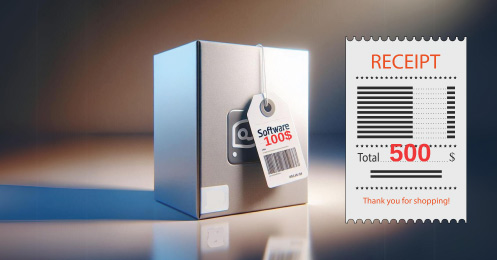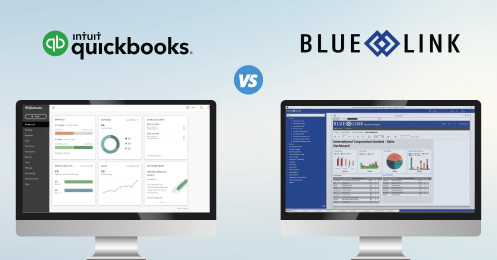Following on from the discussion on e-commerce and ERP software not being islands, let's consider a practical example that perplexes many business owners and software vendors alike.
Many online webstores are part of a business that processes wholesale orders. In fact, more and more wholesale / distribution companies are selling products online, direct to consumer. And this adds a new dimension to their inventory management: how to allocate products appropriately, even if your webstore is set up to electronically interface with your ERP Software.
Say that you have 2,110 widgets in inventory and available. A consumer who's never purchased from you before buys 12 of them on your webstore, and pays by credit card. She's already been "told" online that the product is available and her credit card has been charged. 30 minutes later, your biggest wholesale customer who spends half a million dollars a year with you places an order for 2,100 widgets - and it's a "ship complete" order.
Now you have a dilemna: you can either fulfill the consumer order and hold up a much larger order for a very important customer because you're just 2 units short, or you can "steal" 2 units from the consumer, breaking your online "promise" and having to then credit back the difference to her credit card. Neither of these is a good option.
So what's the solution? Well, there are several ways of going about preventing this, but they all require tight integration between front and back-end software, and well thought out policies properly implemented. As an example, one approach may involve not actually processing the consumer order online, but rather doing a pre-authorization of the credit card (instead of actually processing payment) and providing an order confirmation number, setting the expectation that inventory appears to be available but will be confirmed later by email. Then, when we pick and pack orders, we allocate inventory based on our priorities, and the system automatically notifies our consumer (with apologies) that we only have 10 widgets available, but we've only charged her credit card for 10. Perhaps the system also applies a discount as compensation for the short-shipment, to keep the customer happy. And all this without manual intervention.
The reality is that almost every system in place in small and medium-sized companies could not do this today. Here's one that can do so.










